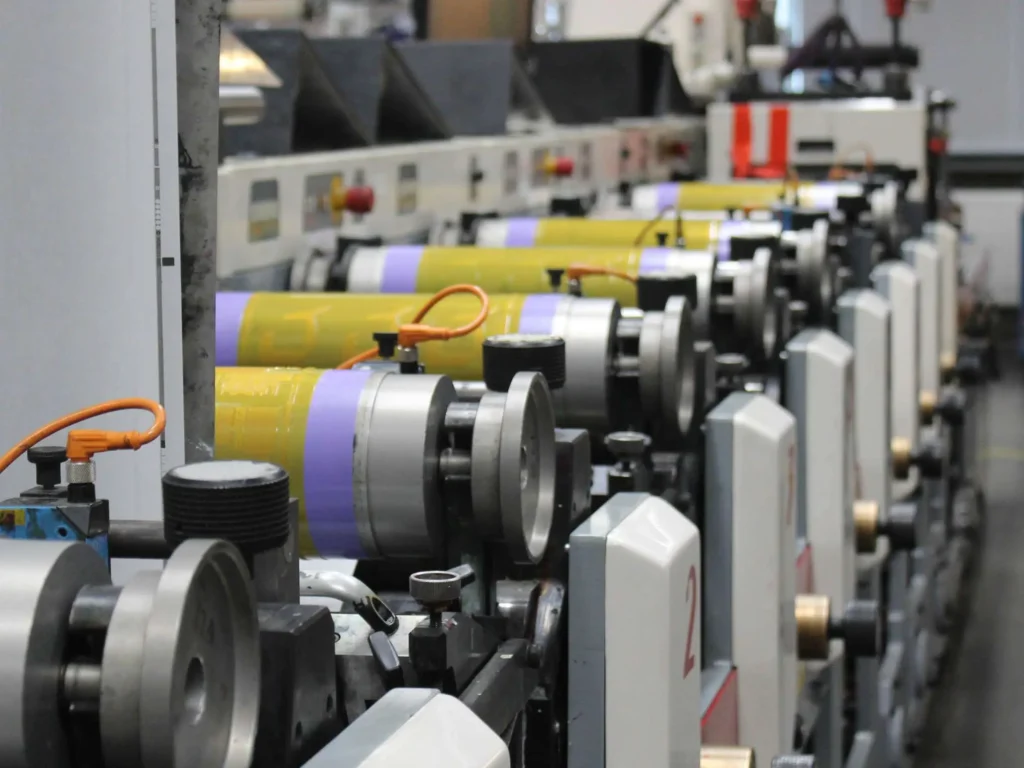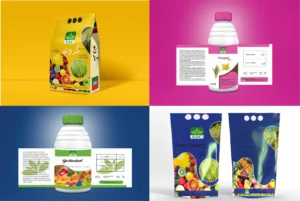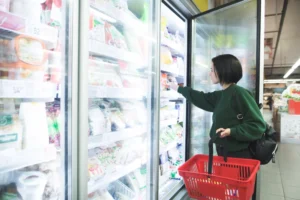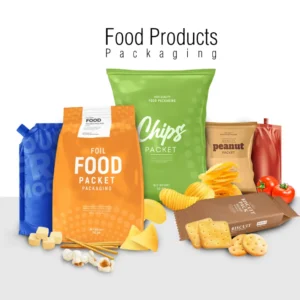In the agricultural sector, packaging for agrochemical products plays a...
Read MoreExploring the Spectrum: Selecting the Optimal Printing Method for Packaging

In the realm of packaging design, the choice of printing method is a critical decision that can profoundly impact the final product’s aesthetics, durability, and cost-effectiveness. With a myriad of printing techniques available, ranging from traditional offset printing to cutting-edge digital printing, selecting the best method requires careful consideration of factors such as substrate material, print quality, production volume, and budget constraints. In this comprehensive guide, we’ll delve into the various printing methods used in packaging design, explore their unique advantages and limitations, and provide insights to help you make informed decisions when choosing the optimal printing method for your packaging needs.
Offset Printing: The Gold Standard of Print Quality
Offset printing, also known as lithography, has long been regarded as the gold standard for high-quality, large-volume printing. This technique involves transferring ink from a plate to a rubber blanket and then onto the printing surface, resulting in crisp, vibrant colors and precise image reproduction. Offset printing is particularly well-suited for packaging designs that require intricate details, precise color matching, and consistent image quality.
Advantages:
- Superior print quality with sharp, detailed images and vibrant colors.
- Wide range of compatible substrates, including paper, cardboard, and certain plastics.
- Cost-effective for large production runs due to high-speed printing capabilities.
- Ability to incorporate specialty finishes such as varnishes, coatings, and metallic inks for added visual impact.
Limitations:
- The initial setup expenses and extended turnaround times are comparatively higher in offset and flexographic printing when contrasted with digital printing.
- Not suitable for short print runs or variable data printing.
- Requires skilled operators to achieve optimal results and maintain printing press.
Digital Printing: The Power of Versatility and Customization
Digital printing has revolutionized the packaging industry by offering unparalleled versatility, customization, and on-demand printing capabilities. Unlike offset printing, which requires the creation of printing plates, digital printing transfers digital files directly onto the printing substrate, making it ideal for short print runs, variable data printing, and quick turnaround times. Digital printing is widely used for packaging prototypes, seasonal promotions, personalized packaging, and limited edition products.
Advantages:
- Rapid turnaround times and minimal setup requirements for short print runs
- Ability to print variable data, such as barcodes, QR codes, and personalized messages
- Cost-effective for small production runs and prototypes, eliminating the need for printing plates
- Reduced waste and environmental impact compared to traditional printing methods
Limitations:
- Lower print quality and color accuracy compared to offset printing, especially for large areas of solid color or intricate details
- Limited compatibility with certain substrates, such as metalized or textured materials
- Higher per-unit costs for large production runs compared to offset printing
Flexographic Printing: Efficiency and Speed for High-Volume Production
Flexographic printing, often referred to as flexo printing, is a versatile and cost-effective printing method commonly used in packaging production. This process involves transferring ink from flexible relief plates onto the printing substrate, allowing for high-speed printing of large volumes with consistent quality. Flexographic printing is well-suited for flexible packaging materials such as paper, film, and foil, making it a popular choice for food packaging, labels, and corrugated boxes.
Advantages:
- High-speed printing capabilities for large production runs, reducing lead times and production costs
- Versatility in printing on a wide range of substrates, including non-porous materials like plastic films and foils
- Ability to incorporate specialty inks, coatings, and finishes for added visual appeal and functionality
- Economical for long print runs due to efficient ink consumption and minimal setup times
Limitations:
- Limited print quality compared to offset printing, with less sharpness and color accuracy
- Not suitable for printing fine details or complex graphics, especially on rough or absorbent surfaces
- Requires skilled operators to ensure proper setup, registration, and maintenance of printing equipment
Gravure Printing: Precision and Consistency for High-End Packaging
Gravure printing, also known as rotogravure, is a high-resolution printing method used for producing high-quality, high-volume packaging designs. In gravure printing, images are etched into cylindrical printing plates, which are then coated with ink and pressed onto the printing substrate. This process allows for precise control over ink application, resulting in rich, vibrant colors and sharp image reproduction. Gravure printing is commonly used for packaging applications such as flexible packaging, labels, and decorative wraps.
Advantages:
- Exceptional print quality with smooth, continuous tones and fine details
- Consistent color reproduction and image fidelity across large production runs
- Well-suited for printing on flexible substrates such as plastics, films, and laminates
- Ability to achieve high ink coverage and special effects such as metallics, gloss, and embossing
Limitations:
- High setup costs and longer lead times compared to other printing methods, making it less suitable for short print runs or quick turnaround projects
- Limited flexibility for variable data printing or customization compared to digital printing
- Environmental considerations due to solvent-based inks and emissions from printing presses
Choosing the Right Printing Method for Your Packaging Needs:
When selecting a printing method for your packaging design, it’s essential to consider the specific requirements of your project, including print quality, production volume, budget constraints, and turnaround times. Below are several crucial aspects to contemplate when arriving at your choice:
Print Quality: Determine the level of detail, color accuracy, and image reproduction required for your packaging design. Offset and gravure printing offer superior print quality, while digital and flexographic printing may be more suitable for cost-effective short runs or variable data printing.
Production Volume: Consider the volume of packaging units needed for your project. Offset and flexographic printing excel in managing extensive production quantities, whereas digital printing provides adaptability and economical solutions for limited or immediate printing needs.
Substrate Compatibility: Evaluate the compatibility of your printing method with the substrate materials used in your packaging design. Certain printing methods may be better suited for specific substrates, such as flexible films, paperboard, or corrugated cardboard.
Budget Constraints: Assess the budgetary constraints of your project, including setup costs, per-unit printing costs, and any additional finishing or specialty effects. Balance the cost considerations with the desired print quality and production volume to determine the most cost-effective printing method for your needs.
Sustainability Considerations: Consider the environmental impact of your printing method, including energy consumption, waste generation, and use of environmentally friendly materials and processes. Choose printing methods that align with your sustainability goals and values, such as digital printing with eco-friendly inks or recyclable substrates.
Conclusion:
In conclusion, selecting the best printing method for your packaging design is a crucial decision that requires careful consideration of various factors, including print quality, production volume, substrate compatibility, budget constraints, and sustainability considerations. By understanding the unique advantages and limitations of each printing method, you can make informed decisions that optimize the visual impact, functionality, and cost-effectiveness of your packaging design. Whether you choose offset printing for high-quality, large-volume runs, digital printing for on-demand customization and short runs, flexographic printing for efficiency and speed, or gravure printing for precision and consistency, the right printing method can elevate your packaging design and enhance the overall success of your product in the marketplace.
Tailored Solutions: Packaging Innovations for the Frozen Food Industry
In the fast-paced world of frozen food, packaging plays a...
Read MoreTailored Solutions: Packaging Innovations for Food Products
Packaging plays a pivotal role in the food industry, serving...
Read More

